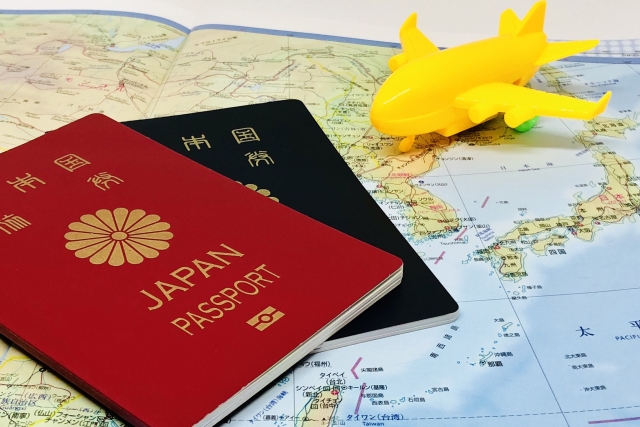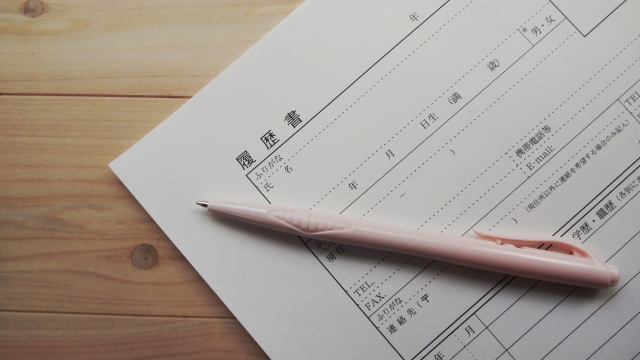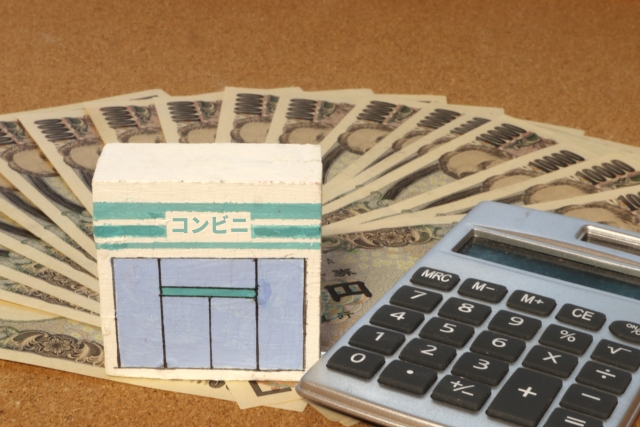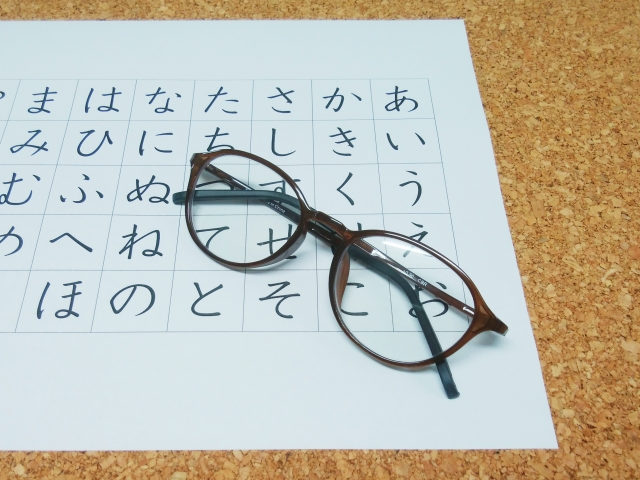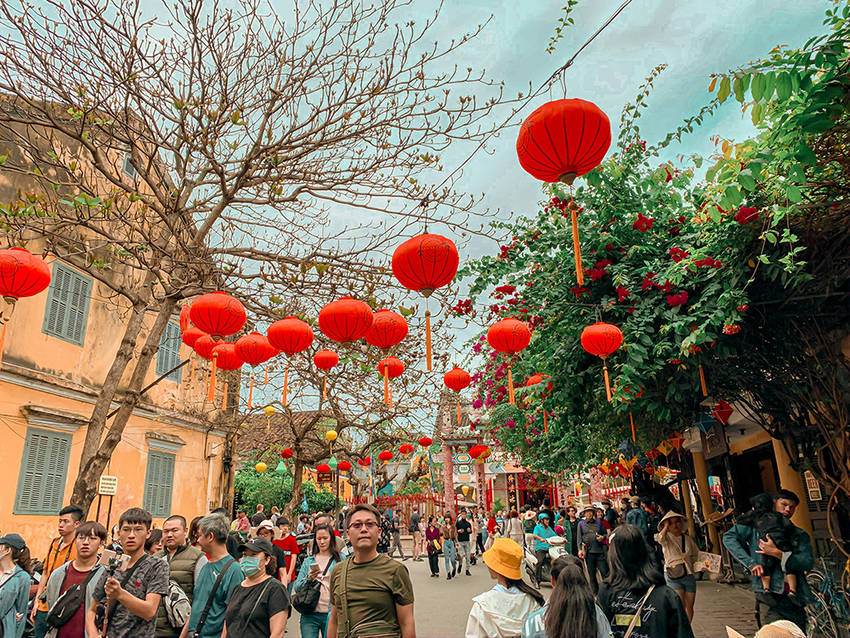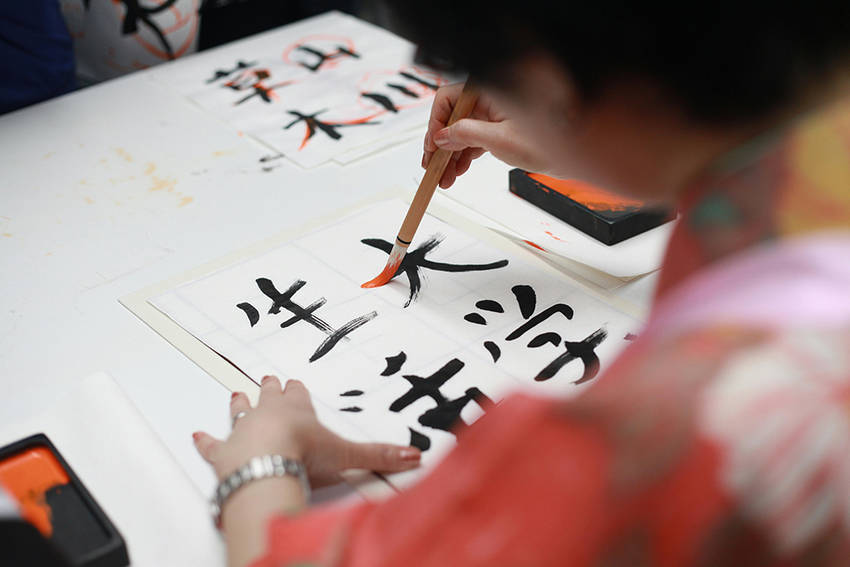今日は、日本への持ち込みが禁止されている物品をご紹介いたします。
1. 生物由来の製品: 例えば、生肉や生魚、植物、果物などは、感染症や害虫の持ち込みを防ぐために制限されています。また、調理されていても肉類(ビーフジャーキー、ソーセージ、ハム、プロセスチーズ以外のチーズ等)は持ち込むことはできません。
2. 薬物: 日本の厳格な薬事法により、一部の薬物は持ち込みが禁止されています。特に、麻薬や覚せい剤、一部の処方箋薬は厳しく取り締まられています。現時点で多くの国でマリファナ(大麻)は合法ですが、日本では違法です。
3. 武器や爆発物: 武器や爆発物は厳格に制限されており、持ち込むことができません。この中には、6cmを超える長さのナイフ(ただし調理用具は含まない)が含まれます。また、ナイフは機内への持ち込みはできません。
4. 偽造品: 偽造品や模倣品は知的財産権の侵害として持ち込みが禁止されています。
これらは一般的なものですが、詳細な規制や制限は日本の税関や厚生労働省のウェブサイトで確認することができます。これらを持ち帰る場合、厳重な取り締まりが行われ、違反が発覚した場合には法的な制裁が課される可能性があります。具体的には、以下のような措置が取られる可能性があります。
1. 没収: 違法な物品は没収される可能性があります。これは、海外からの持ち込みが禁止されている物品に該当する場合に特に行われます。
2. 罰金: 違反が認められた場合、罰金が科せられることがあります。罰金の額は違反の程度や物品の種類によって異なります。
3. 刑事訴追: 重大な違反や法律による規制を無視して持ち込みを行った場合、刑事訴追の対象となる可能性があります。これには、刑務所に入る可能性も含まれます。
4. 入国拒否: 法律に違反する行為を繰り返す者は、日本への入国が拒否されることがあります。
したがって、法令を遵守して持ち込みを行うことが重要です。海外からの持ち込みが許可されない物品は、海外で処分するか、あるいは入国前に適切な手続きを行うことが必要です。
Items Prohibited from bringing into Japan
Today, we'll introduce items that are prohibited from being brought into Japan.
1. Raw agricultural products: Items such as raw meat, raw fish, plants, and fruits are restricted to prevent the introduction of infectious diseases and pests. Even cooked meats (ex. beef jerky, sausages, ham, and certain cheeses, excluding processed cheese) are prohibited.
2. Drugs: Due to Japan's strict pharmaceutical laws, some drugs are prohibited from being brought into Japan. Especially narcotics, stimulants, and even certain prescription drugs are strictly regulated. While marijuana is legal in many countries, it remains illegal in Japan.
3. Weapons and Explosives: Weapons and explosives are strictly restricted and cannot be brought into Japan. This includes knives longer than 6cm (excluding kitchen utensils). Knives are also prohibited from being carried onto the aircraft.
4. Counterfeit Goods: Counterfeit or imitation goods are also prohibited from being brought into Japan as they infringe upon intellectual property rights.
While these are general restrictions, detailed regulations and limitations can be confirmed on the Japan Customs and the Ministry of Health, Labour and Welfare websites. Bringing these items back may result in strict enforcement with legal sanctions being brought into Japan upon discovery of violations.
Specific measures that may be taken include:
1. Confiscation: Illegal items may be confiscated. This is the most common sanction when prohibited items are found.
2. Fines: Fines may be brought into Japan upon recognition of violations. The amount varies depending on the severity of the violation and the type of item.
3. Criminal Prosecution: Those who commit serious violations may be subject to criminal prosecution, which may include the possibility of imprisonment.
4. Entry Denial: Individuals who repeatedly violate laws may be denied entry to Japan.
It's brought into Japan to comply with regulations when bringing items into any country. Items not permitted for being brought into Japan should be disposed of abroad or proper procedures should be followed before entry into Japan.
sign up for the Japanese-Online Newsletter
__..-・**・-..__..-・**・-.._ あいうえお かきくけこ さしすせそ たちつてと なにぬねの はひふへほ まみむめも やいゆえよ らりるれろ わゐうゑを ん __..-・**・-..__..-・**・-.._
#JapaneseOnline #LearningJapanese #FreeJapaneseLessons #JapaneseVideoLearning #JapaneseAnime #Anime #JapaneseFood #Bloguru

